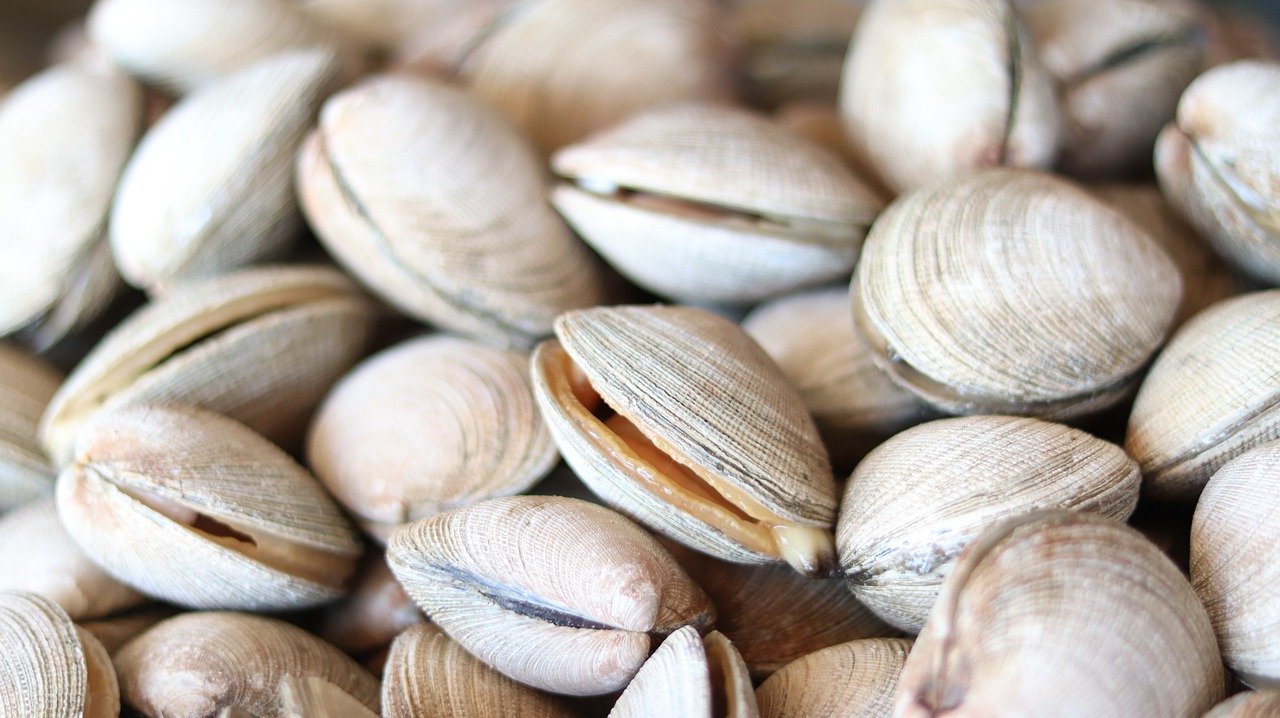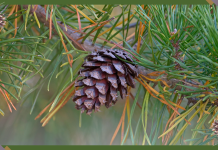Written by: Beatrice Crona and Jim Leape
Fish are food. We know that. And yet, in discussions about the future of food, that simple fact tends to be forgotten. When world leaders gather for the UN Food System Summit next year, fish and other aquatic foods need to be on the table.
We confront a daunting challenge. How do we provide a healthy diet to 10 billion people in a way that the Earth can sustain? Deliberations on this question tend to quickly centre on questions of livestock, and row crops, and the marvels of biotech. Yet our current fixation on land-based food production has come at enormous cost. Agriculture is the principal driver of deforestation and biodiversity loss around the world and is responsible for around 30% of greenhouse gas emissions.
The environmental footprints of aquatic foods (‘blue foods’) can vary significantly. Some fisheries and farms are responsible for significant greenhouse gas emissions or ecological impacts. But many aquatic foods outcompete terrestrial livestock in terms of environmental impacts. One reason is that compared to terrestrial animals, fish do not need to waste energy on maintaining body temperature or combating gravity and can invest more of their metabolic energy into growth.
Blue foods are already a principal source of protein for some 3 billion people. In many of the most vulnerable countries, they are also an essential source of vital micronutrients, such as iron and zinc, and constitute a key preventive measure against premature deaths and stunting.
Given their relative health benefits, comparatively small environmental footprint, and the potential for a substantial expansion of global production, foods from ocean and freshwater systems have a key role to play in achieving both a healthy and sustainable food system. Yet many discussions of food neglect blue foods altogether. And when they do include blue foods, they tend to deal with them in sweeping generalizations – typically calling for massive expansion of aquaculture.
When we ignore this important food group, we make bad decisions. Terrestrial and aquatic food systems are deeply interconnected, which means that if we don’t think of them together, as one integrated system, we create tradeoffs we regret. For example, intensification of fertilizer use in agriculture has created massive dead zones in coastal waters, with devastating impacts on aquaculture and the nursery areas that support capture fisheries. Demand for fishmeal to feed livestock has driven massive extraction of small pelagic fish, decimating local fisheries that are often the most important source of nutrition for vulnerable communities. When decision-makers ignore blue foods and view aquatic environments merely as providing inputs to, or absorbing the waste from, terrestrial production, they incur significant costs and miss important opportunities.
As we bring blue foods into the food picture, we also need to recognize that they are stunningly diverse. More than 1,800 species are harvested for food, they are produced in many different ways, and they offer a wide range of benefits to coastal communities and nations. Blue food species vary widely in the nutrition they provide and the roles they play in diets. Small pelagic fish like sardines, for example, are often consumed whole and provide a rich list of essential micronutrients and healthy fats, particularly important in poor communities with limited access to well-balanced diets.
Blue foods also vary in their environmental footprint, depending on how they’re produced, processed, sold and consumed. Fishers that operate locally may have much lower greenhouse gas emissions than factory trawlers that drag heavy nets across the ocean floor and stay out at sea for months at a time. Clams and bivalves that feed off nutrients in the water have a much lower footprint than shrimp and salmon that require large amounts of protein in feed (and, in intensive cultivation, also require inputs of pesticides and antibiotics). Even fish that are caught or raised close to market can pick up a heavy carbon footprint when they are shipped across the ocean for processing and then shipped back for sale.
Blue foods will not be a silver bullet for fixing the global food system – but they are a piece of the puzzle we cannot afford to ignore. As we bring them fully into debates and decision-making about the future of food, we must be thoughtful about these details – about the interconnections that shape tradeoffs, and about the diversity that presents both challenges to policy and markets and also great opportunities for prosperity and resilience.
The Blue Food Assessment, convened by Stanford and the Stockholm Resilience Center, has set out to address this need. A consortium of leading researchers from all over the world are producing a set of multi-disciplinary scientific analyses that will elucidate the roles blue foods can play in creating a healthy and sustainable food system and the challenges that must be addressed. The Assessment will lay the foundation for better understanding blue foods and integrating them into food system decisions.
United Nations Secretary-General Antonio Guterres is convening the Food Systems Summit to spur the bold actions required to address hunger and diet-related disease and to heal the planet. An ambitious preparatory process has set out to mobilize action on nutrition and livelihoods, on sustainable production and consumption. To succeed, it must recognize and embrace the roles of food from the water.
Republished with permission from World Economic Forum







